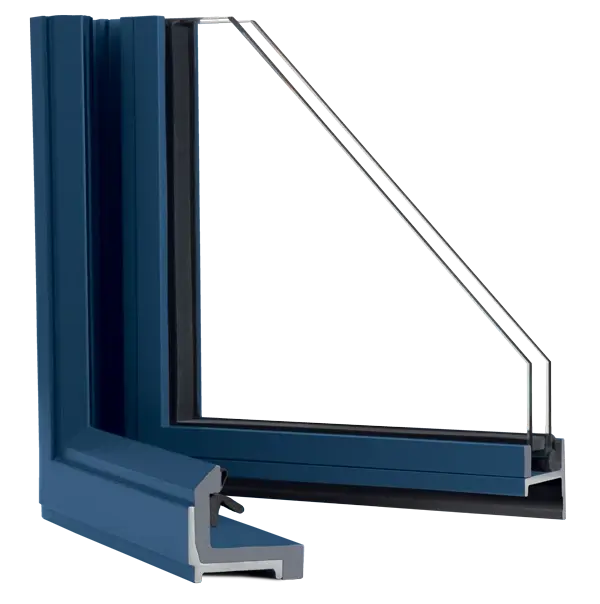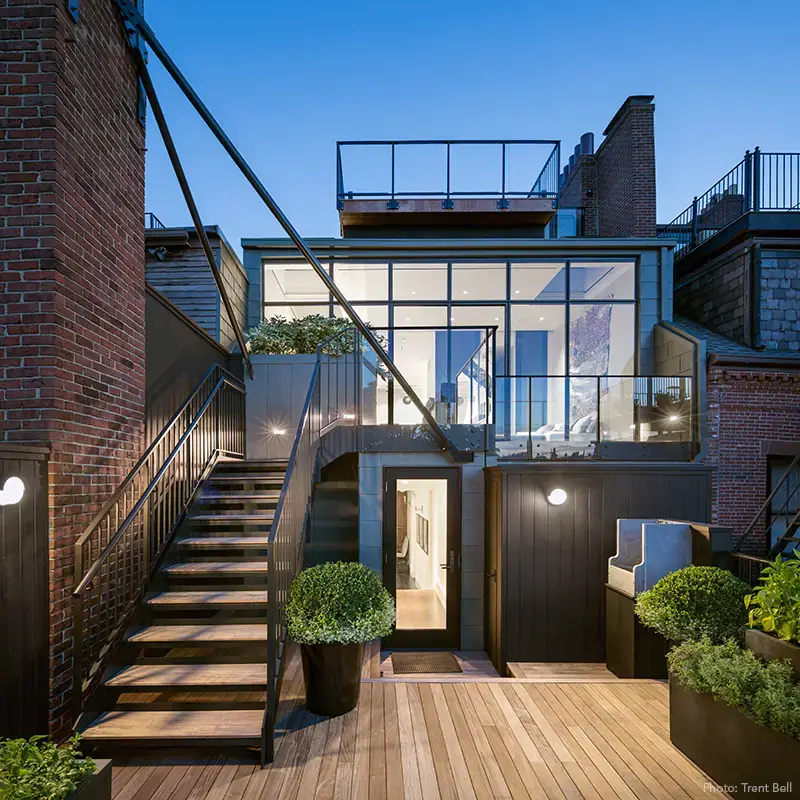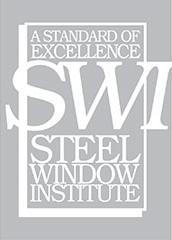Hope’s Sets New Standard with Patented Thermal Evolution™ Technology for Hot- Rolled Steel Windows
U-FACTOR AS LOW AS 0.170
Hope’s® introduces Thermal Evolution™ technology, a breakthrough solution for hot-rolled, solid steel windows to meet increasingly stringent energy efficiency standards. With significantly improved U-factors and condensation resistance, the Hope’s technology achieves a thermal break for steel windows while retaining their superior qualities that enable endless design possibilities.

The Hope’s Thermal Evolution Technology–U.S. Patent No. 8484902 for operable windows and a patent pending for fixed windows–employs fiberglass reinforced polymer (FRP) liners that are structurally bonded to fully-welded, hot-rolled, solid steel profiles.
The first product line to feature the Thermal Evolution Technology is the Hope’s Landmark175™ Series which achieved impressive testing results from the National Fenestration Rating Council®(NFRC): a 0.170 U-factor during a series of tests completed in May 2013; and a 0.25 U-factor during tests finished in October 2013. In addition, the new Thermal Evolution Technology achieves a Condensation Resistance (CR) ratings of 49 for fixed windows and 36 for operable, according to NFRC testing.
“Hope’s hot-rolled steel windows and doors have been the benchmark for architects for over 100 years,” says Randy Manitta, CEO/President of Hope’s. “We were determined to address the tougher energy codes while preserving the core product attributes Hope’s is known for: strength, durability and narrow sightlines. The design of the conventional thermal break window, used by other window manufacturers, splits the window profile which compromises the very essence of a steel window. Hope’s FRP liner technology retains the integrity of a steel window.”


The strength of steel windows allows for minimized frame profiles and maximized glass area, offering the best views. The Hope’s steel windows are a favorite of architects and interior designers because they are custom designed and handcrafted to attain the widest range of design visions–with virtually unlimited shapes, sizes, finishes and profiles. Thermal Evolution Technology can accommodate True Divided Lite (TDL) or Simulated Divided Lite (SDL) muntin systems. Hope’s advanced coating process ensures that all Hope’s steel windows last longer than any other available, even under the most extreme environmental conditions.
The NFRC is the national leader in energy performance rating and certification programs for the window and door industry. It ensures consistent third-party testing criteria, with public access to product testing results. www.nfrc.org
As the NFRC U-factor ratings demonstrate, the new Hope’s Thermal Evolution Technology takes advantage of two thermal engineering processes: conduction and convection. U-factor is the recognized measurement of fenestration products by both the American Society of Heating and Air-Condition Engineers (ASHRAE) for commercial applications and the International Energy Conservation Code (IECC) for residential buildings. As of today, the most stringent IECC window U-factor requirement among all eight U.S. climate zones is 0.32.
The NFRC defines U-factor as “the result of a calculation that combines the conductance values of the numerous materials in a fenestration product…In addition, it includes the convection and radiation elements that occur within and adjacent fenestration product surfaces that dramatically influence its energy rating. In thermal chambers, NFRC tests products at specific environmental conditions with tightly calibrated equipment, and also applies a standardized air film coefficient to assure repetitive results from lab to lab.”




